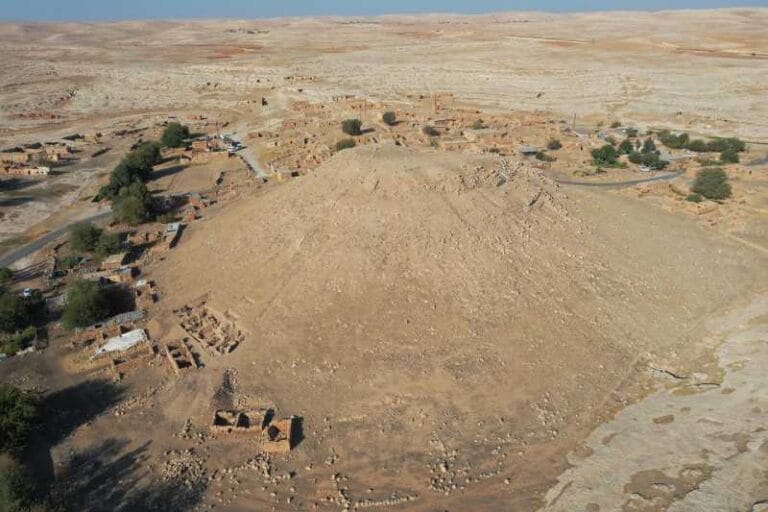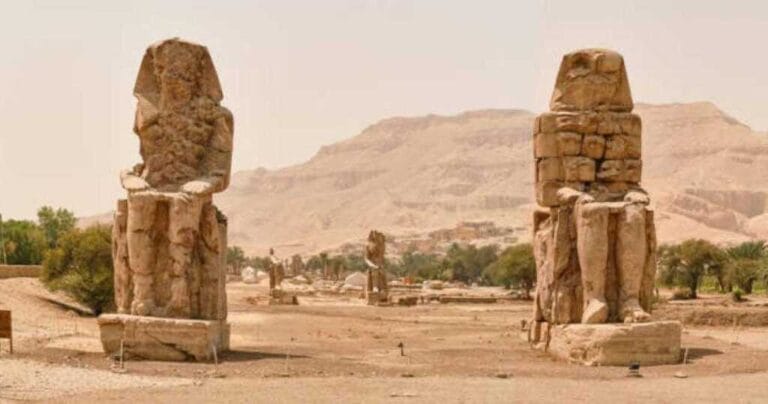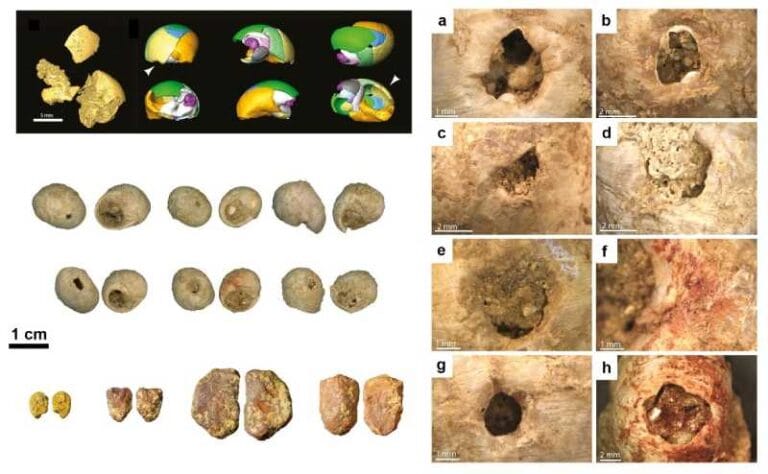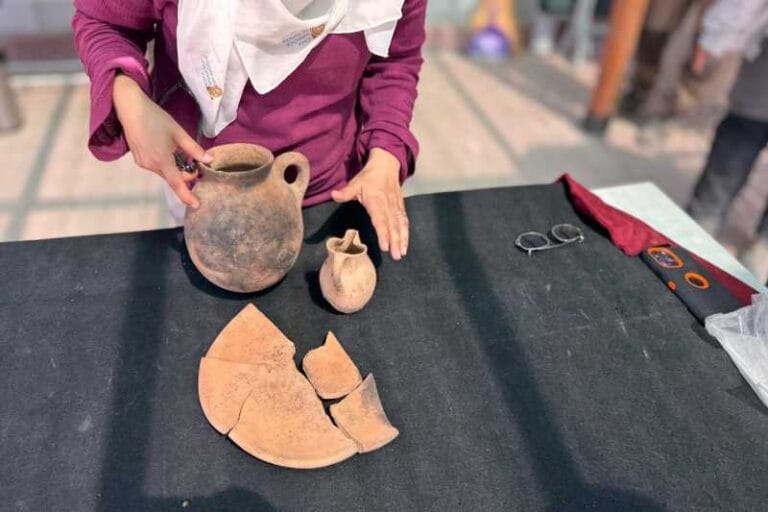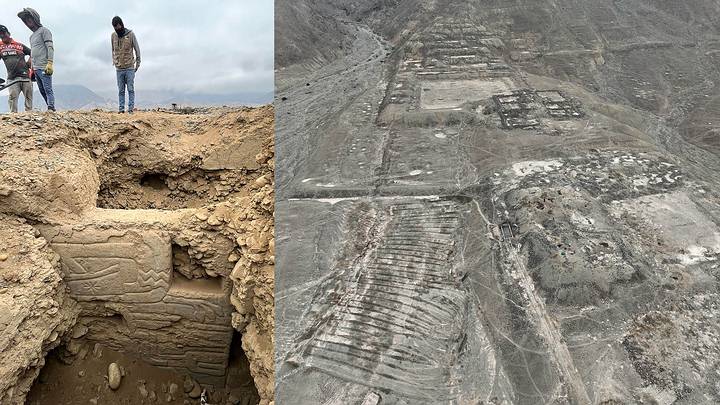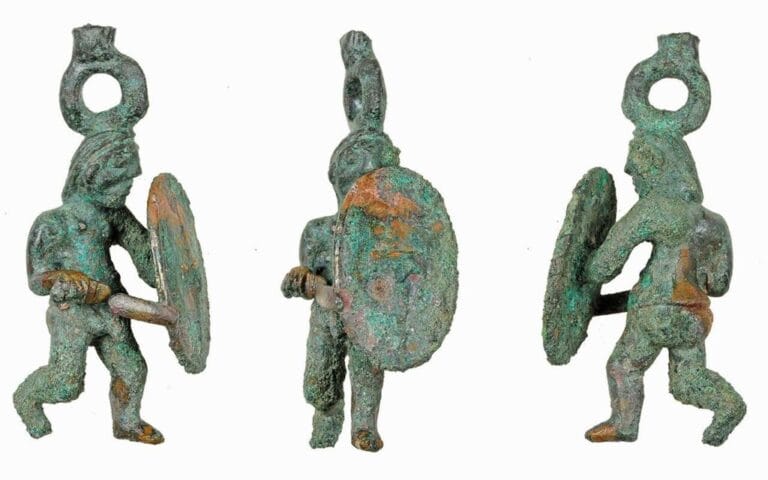Ancient Persian gold coins found in Turkey
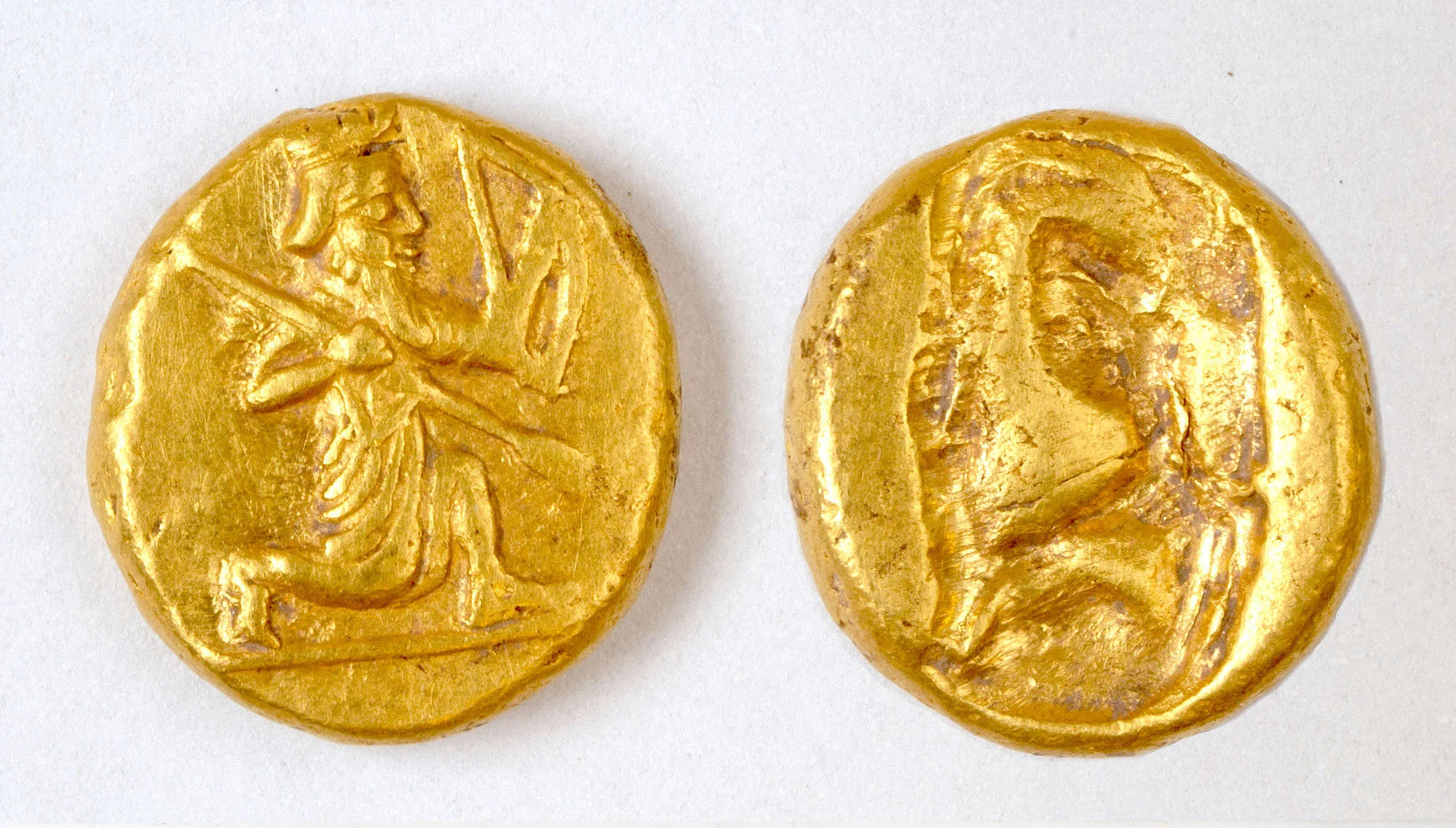
A team of archaeologists from the University of Michigan has made a significant discovery in Notion, an ancient Greek city located in western Turkey. The group found a small pot containing gold coins, dating back to the 5th century BC, which were probably used to pay mercenary troops. These coins feature an image of a kneeling archer, a characteristic of the Persian daric, a gold coin issued by the Persian Empire.
Archaeologist Christopher Ratté, who leads the Notion Archaeological Project, explained that the daric is a coin of historical importance, minted from the end of the 6th century BC until the conquest of the Persian Empire by Alexander the Great. The discovery of the coins could help refine the chronology of the issues of these coins and provide new data on their history and use.
Ratté said: “The discovery of such a valuable find in a controlled archaeological excavation is very rare. Nobody buries a treasure trove of coins, especially precious metal coins, without the intention of recovering them. Therefore, only the gravest misfortune can explain the preservation of such a treasure.” The coins have been independently dated by other artifacts found in the same deposit layer, which reinforces the accuracy of the dating.
Andrew Meadows, from Oxford University, highlighted the importance of the discovery, which could allow adjustments to be made to the chronology of Persian gold coinage. According to him, “the archaeological context of the treasure, if it can be accurately established by other means, will allow us to adjust the chronology of Achaemenid gold coinage. This is a spectacular discovery… of the highest importance.”
Ratté noted that finding a treasure in a controlled excavation is rare, and the preservation of the treasure suggests that it was hidden for security reasons and never recovered. He commented: “The treasure was found in the corner of a room in a structure buried under the Hellenistic house. Presumably, it was stored there for safety and, for some reason, was never recovered.” According to historical records, a daric was equivalent to a soldier’s pay for a month, suggesting that these coins were used for wages for mercenary troops in the region.

The treasure was discovered in a courtyard of a structure buried under a house from the Hellenistic period. The presence of daric coins suggests a connection with military operations in the area, especially during the period of conflict between the Persian Empire and Athens. The excavations also revealed traces of pottery from the 5th century BC, indicating that the city was occupied before the Hellenistic period.
In addition, the city of Notion was part of the Persian Empire, liberated at the beginning of the 5th century BC, but later reintegrated into the empire. Notion’s military context, including the presence of mercenaries and conflicts with Athens, may have influenced the deposit of the treasure.
Ratté also noted that “most darics treasures were not found by archaeologists in scientific excavations, but by looters who have ‘no concern for history’. An archaeological find without contextual information is like a person suffering from amnesia – a person with no memory. It’s still interesting and important, but the loss of knowledge is incalculable.”
The coins are currently in the custody of the Ephesus Archaeological Museum in Turkey. The new season of excavations at Notion, supported by the University of Michigan and the University of Sinop, promises to deepen understanding of the context of the treasure and its historical importance.

